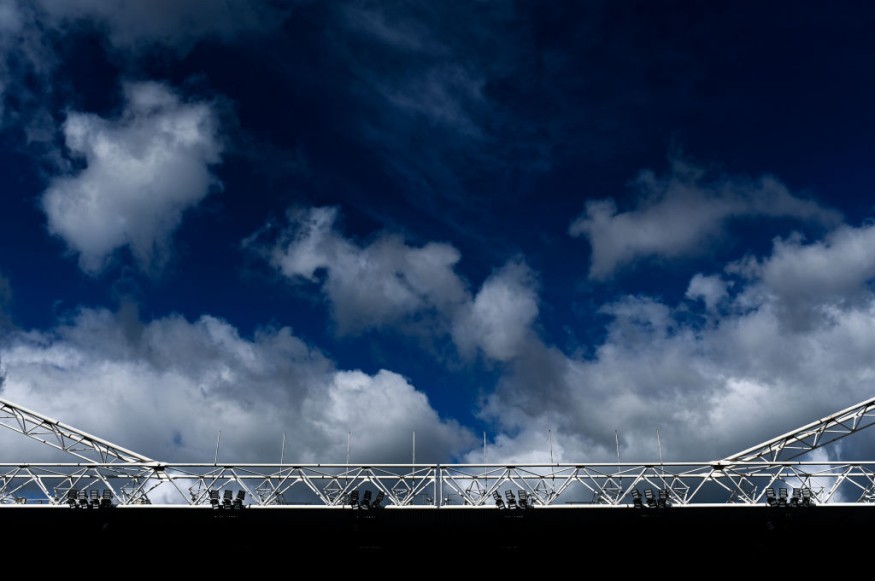
The stratosphere is well-known for housing the ozone layer meant to reduce the effects of UV radiation from the sun. However, even though the ozone layer has been gaining considerable strength since the 90s, a new study confirms that carbon emissions have still been causing trouble in this part of the atmosphere.
More specifically, it has been shrinking it.
How carbon shrinks the stratosphere
Now, a shrinking stratosphere may not be entirely new to climate scientists. They have been warning about it when the hole in the ozone was a lot larger. They just happened to think that this was more to do with that same hole compared to carbon emissions.
But now that the hole has become less of a problem, it has proven the alternative hypothesis: carbon emissions are cooling the air in the stratosphere and causing it to shrink. In one way, this explains why the effects of global warming continue to be observed even with the ozone layer being stronger than it has been in over forty years.
Here are just a couple of ways a thinning stratosphere could create problems:
1. Sudden Stratospheric Warming (SSW)
As most would expect, the stratosphere is supposed to be a very cold place. Sudden stratospheric warmings are sudden changes to this temperature, causing all sorts of disturbances.
Climatologists observing the impact of SSWs note that it has led to significant weather changes in the Northern Hemisphere, creating drier climate.
2. Satellite disruptions
Changes in the stratosphere could also affect the movement of satellites in orbit in the form of atmospheric drag.
The mechanics are actually simple enough. Any significant changes in the atmosphere could affect its ability to catch its satellites in its drifts. This, in turn, could cause all sorts of disruptions to global communications.
Greenhouse gases still a threat
The past success with the ozone layer shows that nations around the world can come together and find ways to undo the damage of man-made activity on the planet. Still, that does not mean all problems have been solved.
Global warming continues to be a growing threat and its impact on some of the poorest areas around the world already shows. Droughts are leading to famines in some parts of Africa while supertyphoons are growing in intensity. Reports of intense bushfires and melting glaciers continue to come in. Others are stating the current climate action goals are no longer enough and more drastic measures like geoengineering should be considered (but with their own share of consequences).
The good news though is that the proven impact of greenhouse gases on the stratosphere adds to the growing body of evidence that reducing carbon emissions could still have a positive impact. It has also prompted more study of the stratosphere's role in climate (which has not actually been expanded beyond its housing of the ozone layer).
Hopefully, with the growing adoption of carbon-neutral technology, alternative fuel sources and cleaner energy, there is still a chance of reversing some of these trends in global warming. And perhaps someday, the stratosphere could get back to its normal size.
© 2026 NatureWorldNews.com All rights reserved. Do not reproduce without permission.





